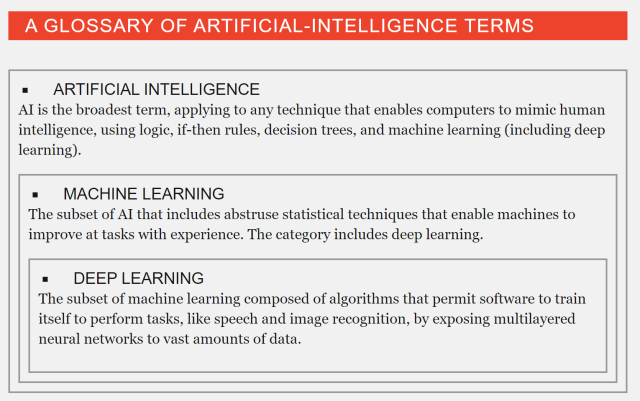Deepfake video and its implication

Recently actress Rashmika Mandanna’s deepfake video went viral.
With the advancement of technologies in the modern world the importance of rules for rule-based ecosystem and their absence illustrates the negative consequences that can result from absenteeism. It is relevant in the context of Artificial Intelligence (AI) regulations.
Deepfakes “leverage powerful techniques from machine learning (ML) and artificial intelligence (AI) to manipulate or generate visual and audio content with a high potential to deceive”. The policy vacuum on deepfakes is a perfect archetype of this situation.
- They are compelling, deepfake videos can be used to spread misinformation and propaganda. They seriously compromise the public’s ability to distinguish between fact and fiction.
- Second, there is a history of using deepfakes to portray someone in a compromising and embarrassing position. For example, there is no shortage of deepfake pornographic material featuring celebrities. Such pictures and videos are not only an invasion of the privacy of the people allegedly in those videos, but also harassment.
- Third, deepfakes have been used for financial fraud. Most recently, scammers used AI-powered software to trick the CEO of a UK energy.
- It can become a deadly tool in the hands of India’s unfriendly neighbours and non-state actors to create tension in the country.
- Deepfakes can be used to influence elections. Recently, Taiwan’s cabinet approved amendments to election laws to penalize the sharing of deepfake videos or images.
Currently , in India, very few provisions under the Indian Penal Code (IPC) and the Information Technology Act, 2000 can potentially be invoked to deal with the malicious use of deepfakes.
Section 500 of the IPC provides for punishment for defamation. Sections 67 and 67A of the Information Technology Act explicitly punish sexually explicit material.
Representation of the People Act, 1951 contains provisions prohibiting the creation or distribution of false or misleading information about candidates or political parties during the election period.
The Election Commission of India has set rules that require registered political parties and candidates to obtain pre-approval for all political advertisements on electronic media, including TV and social media sites, to help ensure their accuracy and fairness. it occurs. However, these regulations do not address the potential threats posed by deepfake content.
There is often a lag between new technologies and the enactment of laws to address the issues and challenges posed by them. The legal framework related to AI in India is insufficient to adequately address the various issues that may arise due to AI algorithms.
The central government should bring separate legislation to regulate the nefarious use of deepfakes and the wider subject of AI. Legislation should not hinder innovation in AI, but it should recognize that deepfake technology can be used for criminal acts and should provide provisions to address the use of deepfakes in these cases. The proposed Digital India Bill may also address this issue.
LEARNING WITH TIMES/AT HOME
Artificial intelligence (AI) is an area of computer science that emphasizes the creation of intelligent machines that work and react like humans. It aims to improve machine behavior in tackling complex tasks. Some of the activities computers with artificial intelligence are
designed for include:
Speech recognition
Learning
Planning
Problem-solving
APPLICATION OF AI
Healthcare
AI has been particularly useful in the healthcare industry because it generates massive amounts of data to train with and enables algorithms to spot patterns faster than human analysts; can be used to organize bed schedules, make a staff rotation, and provide medical information and diagnosis.
Medecision developed an algorithm that detects 8 variables in diabetes patients to determine if hospitalization is required.
Entertainment
A familiar application of AI in everyday life is seen with services like Netflix or Amazon, wherein algorithms analyze the user’s activity and compare it with that of other users to determine which shows or products to recommend. The algorithms are becoming intelligent with time—to the extent of understanding that a user may want to buy a product as a gift and not for himself/herself, or that different family members have different watching preferences.
Finance
Financial services companies use AI-based natural language processing tools to analyze brand sentiment from social media platforms and provide actionable advice.
Fraud detection is an important application of AI in financial services. For
example, Mastercard uses Decision Intelligence technology to analyze various data points to detect fraudulent transactions, improve real-time approval accuracy, and reduce false declines.
Data security
Cyber attacks are becoming a growing reality with the move to a digital world. There are also concerns about AI programs themselves turning against systems. Automatic exploit generation (AEG) is a bot that can determine whether a software bug, which may cause security issues, is exploitable. If a vulnerability is found, the bot automatically secures it. AEG systems help develop automated signature generation algorithms that can predict the likelihood of cyberattacks.
Manufacturing
AI algorithms can influence the manufacturing supply chain by detecting the patterns of demand for products across geographies, socioeconomic segments, and time, and predicting market demand.
Automotive industry
Tesla introduced TeslaBot, an intelligent virtual assistant that allows users to
interact with their car from their phone or desktop. Uber AI Labs is working on developing self-driven cars with the help of the best engineers and scientists.







0 Comments